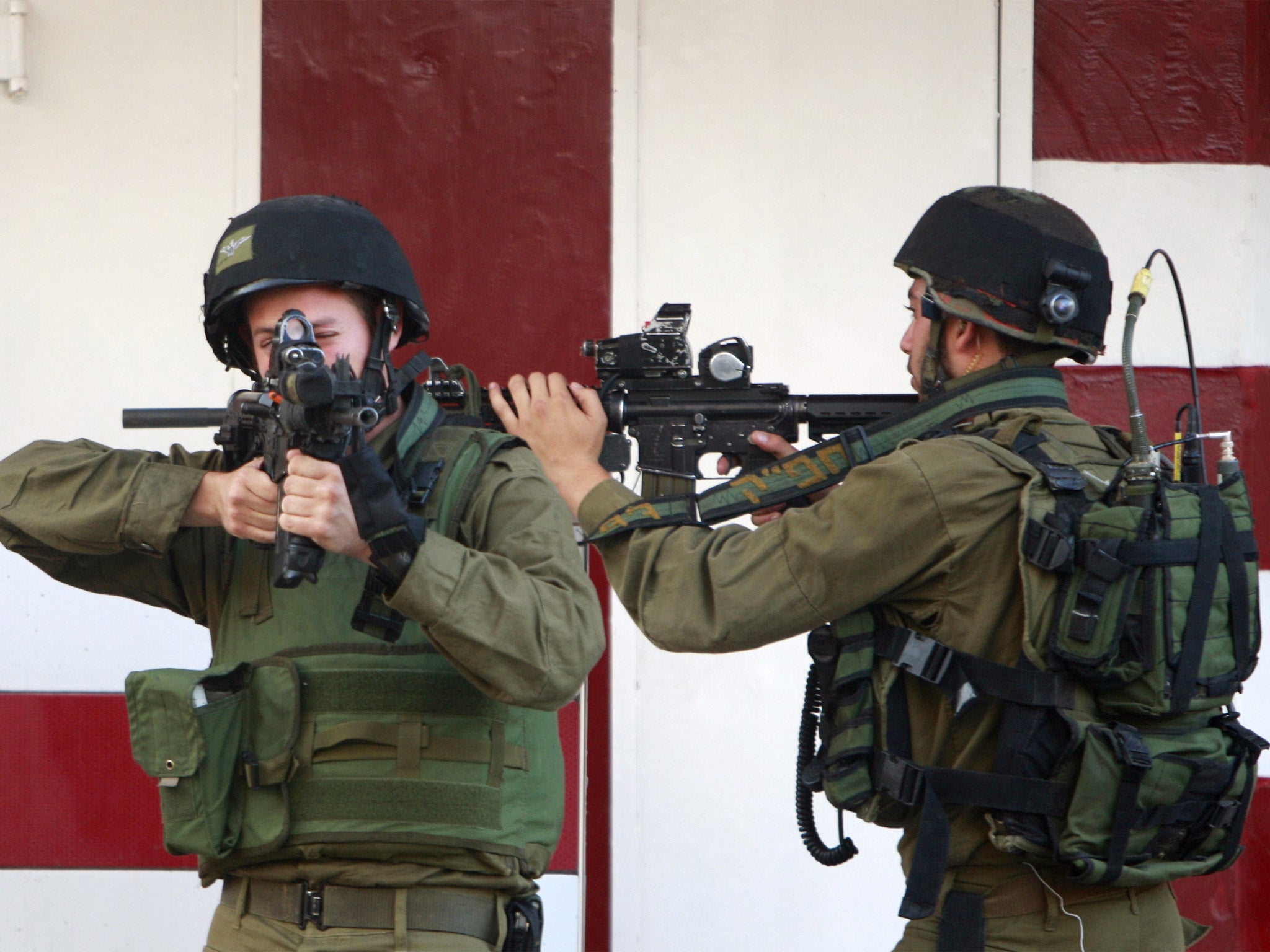Errors and Omissions: Some news reports don’t quite hit the right target
Our letters editor takes to task this week's Independent coverage

On Wednesday, readers were informed by a report from the Middle East that “the Israeli army spokesman announced last night that the army had succeeded in foiling an attempted attack on a military base in southern Israel by several gunmen armed with grenades”.
What is the difference between succeeding in foiling an attempted attack and just plain foiling an attack? Nothing, except that the sense of drama is artificially heightened by the implied risk that they might not have succeeded. Cut out the verbiage.
And here’s another thing. What are “gunmen armed with grenades”? I always thought gunmen were armed with guns. Of course what we have here is an attempt to solve the perennial dilemma summed up by the saying that “one man’s terrorist is another man’s freedom fighter”. Terrorists are baddies: freedom fighters are goodies. Guerrillas are sort of goodish, and the baddish ones are gunmen. They are all, of course, the same people. The best shot anyone has had at a non-tendentious term for them is “militants”, but it sounds po-faced.
There will probably never be a right answer, but don’t ridicule the less than perfect attempts, because it really is important for reporters to be able to tell a story without taking sides.
Last Saturday we ran a story about the murder of a teacher in France: “The killer is believed to be a mother of one of the teacher’s pupils.” That sentence could work in either of two ways: “The killer is believed to be a mother whose child is one of the teacher’s pupils”, or “The killer is believed to be the mother of one of the teacher’s pupils”. As it stands, it implies that the pupil in question has several mothers, one of whom is the killer.
An item of art news in last Saturday’s Radar informed us: “Mark Wallinger’s Ghost (2001) is a homage to George Stubbs’s Whistleblower (1762).” I am grateful to Tom Scott for pointing out this daft homage to the likes of Julian Assange. The thoroughbred stallion depicted in Stubbs’s monumental canvas is, of course, called Whistlejacket.
A theatre review published on Thursday began like this: “It is fascinating to think what we would make of Beryl Burton had she been racing today, the benefactor of sponsorship deals, personal appearances, endless TV interviews and relentless media exposure.” No, the cyclist would have been the beneficiary of all these things. A benefactor does good, a beneficiary has it done to them.
This picture caption was published on Tuesday: “Filming scenes for Thor: The Dark World at the Royal Naval College in Greenwich.” That stately complex of buildings is seen in so many movies that we really do need to know what it is called. Wren built it as the Royal Hospital for Seamen. In 1873 it became the Royal Naval College, but since 1998 it has been occupied by Greenwich University. The buildings, however, are known as the Old Royal Naval College.

Join our commenting forum
Join thought-provoking conversations, follow other Independent readers and see their replies